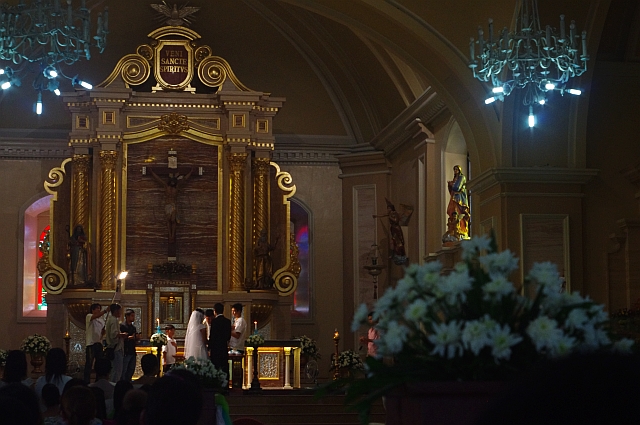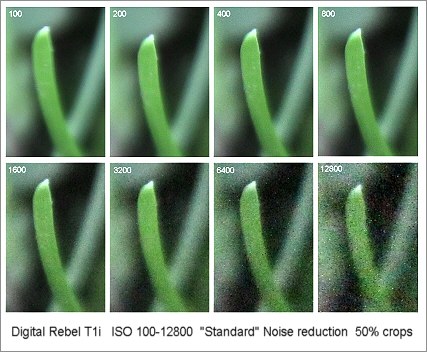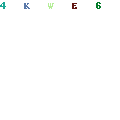
Take the picture normally. Transfer to your computer. Fire up your favorite graphics program. Paint will do but Irfanview (freely downloadable from the internet) is better. Cut the extra top and bottom parts.

Not all digital cameras do video. Among the few that do, not all record sound. To those that do, not all play back sound in-camera. You will have to transfer the video file to your computer and play it there to hear the sound.
If your video file does not play either video or sound or both see this.
Now you know!
Keerok

Ideally, you should always use the lowest ISO setting possible for rich and vivid colors. When the picture becomes blurred or when the camera insists on using the flash, you may try raising ISO. Bear in mind that the higher the ISO value the more grainy the picture becomes. In very low light, it is most advisable to use the flash. If you don't know what you're doing, it would be best to leave ISO setting to Auto and let the camera decide the best one for you.
Now you know!
Keerok

A camera is nothing more than a light-tight box with a hole (aperture) and a cover (shutter) for that hole. The correct amount of light must enter the camera to form a properly exposed picture. Aperture size and shutter speed are critical in measuring that amount of light.

The shutter can be opened at varying fractions of a second to whole seconds. The longer you leave the shutter open, the more time for light to enter the camera, the more prone for blur to appear in the picture. It is ideal to use the shortest possible time to attain very sharp pictures. Slow shutter times can be used for artistic shots like flowing water, star trails, purposely blurred action like in sports and making fake ghosts.
The other way of controlling the amount of light that enters the camera is the size of the aperture which is denoted by f/numbers. The smaller the f/number, the larger the aperture, the more light is allowed to enter the camera at once, the faster you can set the shutter speed of the camera. It becomes obvious now that large aperture lenses are the ideal ones to use in low light photography. Large apertures also have the benefit of providing shallow depth of field which is great for blurring the background. Small aperture sizes (large f/numbers) are great for more depth of field like when taking group shots, landscapes and sunsets (for underexposing intentionally).
Now you know!
Keerok